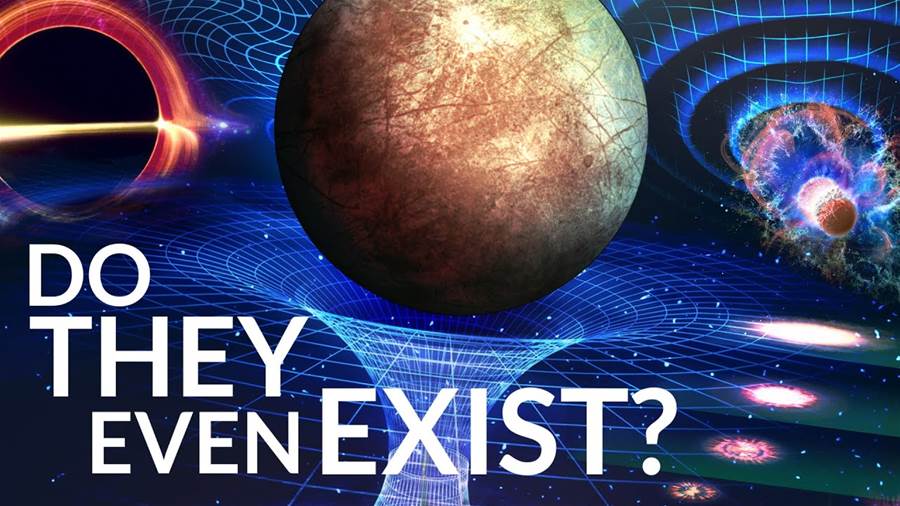
Space and time have long been fundamental concepts in physics, allowing us to make sense of the world around us. However, understanding what space and time actually are remains a complex and ongoing challenge for scientists.
Space refers to the three-dimensional expanse in which all matter and energy exists. It is not an empty void, but rather a dynamic arena filled with physical entities and energy fields. Our understanding of space has evolved over time, from the classical view of absolute space, where objects exist in fixed positions, to the modern view of space as curved and flexible due to the presence of mass and energy.
One of the most remarkable insights into the nature of space comes from Albert Einstein's theory of general relativity. According to this theory, space is not a static backdrop against which events occur, but rather a dynamic fabric that can be curved by the presence of mass and energy. This curvature of space gives rise to the force of gravity, explaining the motions of celestial bodies and the behavior of objects in the universe.

Time, on the other hand, is a dimension through which events are ordered from the past through the present to the future.
Understanding the nature of time has proved to be a perplexing puzzle for physicists. The philosophical question of whether time is an objective feature of reality or merely a subjective human experience remains unanswered. However, modern physics provides some fascinating insights into the nature of time.
Einstein's theory of relativity revolutionized our understanding of time. According to special relativity, time is not absolute but relative to the motion of the observer.
Quantum mechanics, another cornerstone of modern physics, poses further questions about the nature of time. According to quantum theory, particles can exist in a superposition of multiple states, only collapsing into a single state when observed. This collapse of the wavefunction suggests a fundamental connection between the act of observation and the flow of time.
In conclusion, space and time are fundamental concepts in physics that continue to challenge our understanding. Space is a dynamic fabric that can be curved by mass and energy, giving rise to the force of gravity. Time is a dimension through which events are ordered and is influenced by motion and gravity. While the true nature of space and time remains a mystery, theories such as general relativity and quantum mechanics provide intriguing insights into their fundamental properties.








